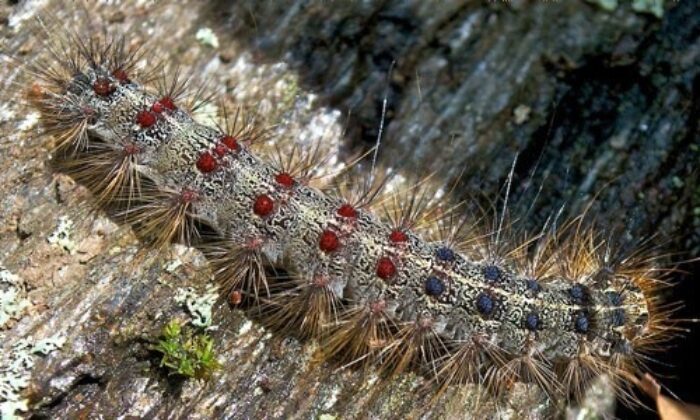Spongy Moth
Lymantria dispar
Previous known as the Gypsy moth, the spongy moth moth is a destructive, invasive pest. Moth larvae gorge themselves on shrub and tree leaves, leaving them bare and susceptible to disease and damage from other pests.

